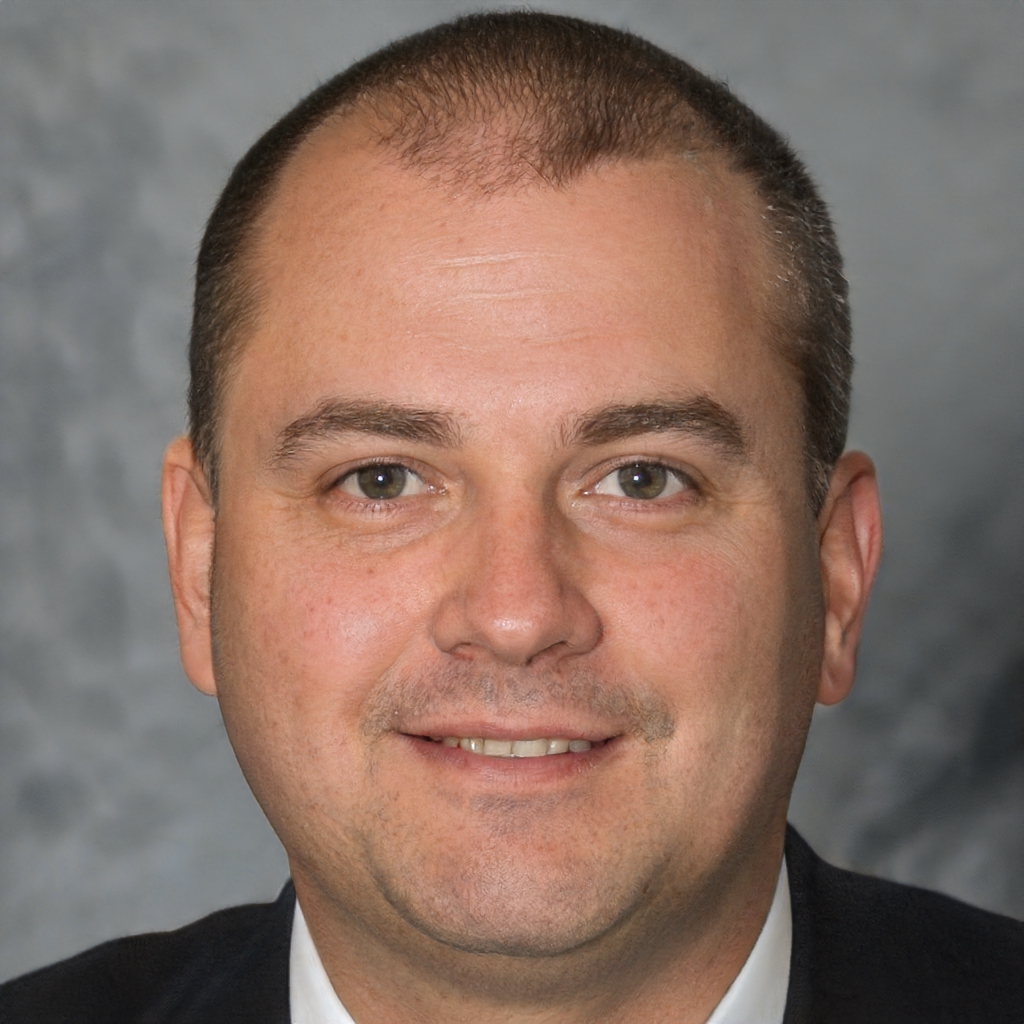The study conducted by ISS astronauts on space bubbles could help researchers on Earth to diagnose some types of cancer.
There is great excitement on the International Space Station. After Italy's Samantha Cristoforetti became the first European woman to command the station, new research is now taking place among the metal and the stars, in the deep space we would love to conquer to improve our lives on Earth.
The study involves so-called space bubbles, and is led by Tengfei Luo, a professor in the Department of Aerospace Engineering, who with his team hopes to better understand how space bubbles form, grow and eventually separate from the surface. As is already happening with the careful measurement of human chromosomes, the information is valuable (also) to improve diagnostic capabilities for life-threatening diseases, such as some types of cancer. The analyses will be conducted by astronauts aboard the ISS, with the results being able to be sent back to our planet for observation in real time.
In parallel to the research currently underway on the Space Station, scientists are in fact trying to understand how these curious bubbles - which likely come from the compression of materials inside the ISS itself - can be used to detect specific types of cancer in their early stages, when cancer cells are present in our bodies at still very low concentrations.
You will then understand that the method under analysis could prove to be a valuable ally in increasing the sensitivity of early diagnosis, which is essential to eradicate this type of disease.
In his study published in the scientific journal Advanced Materials Interface, Luo has exploited with encouraging results laser heating to generate bubbles in a solution containing biological molecules. It was then discovered that these can be drawn into the same bubble to be deposited on the surface, in order to create a kind of island of very high concentration to thus encourage the future development of highly sensitive diagnostics. The experiment on the ISS tests the behavior of bubbles in the absence of gravity. The reason for this is very specific: there are several factors that can negatively influence their dynamics under traditional environmental conditions, such as gravity, capillary force and friction. For early diagnosis with demarcators, it will be necessary to keep the bubbles on the surface for as long as possible, so as to detect more biomolecules in a single simulation.
The study will be carried out through a small device called CubeLab, equipped with a special technology that allows to send images of each compartment in real time.
Andrea Guerriero
